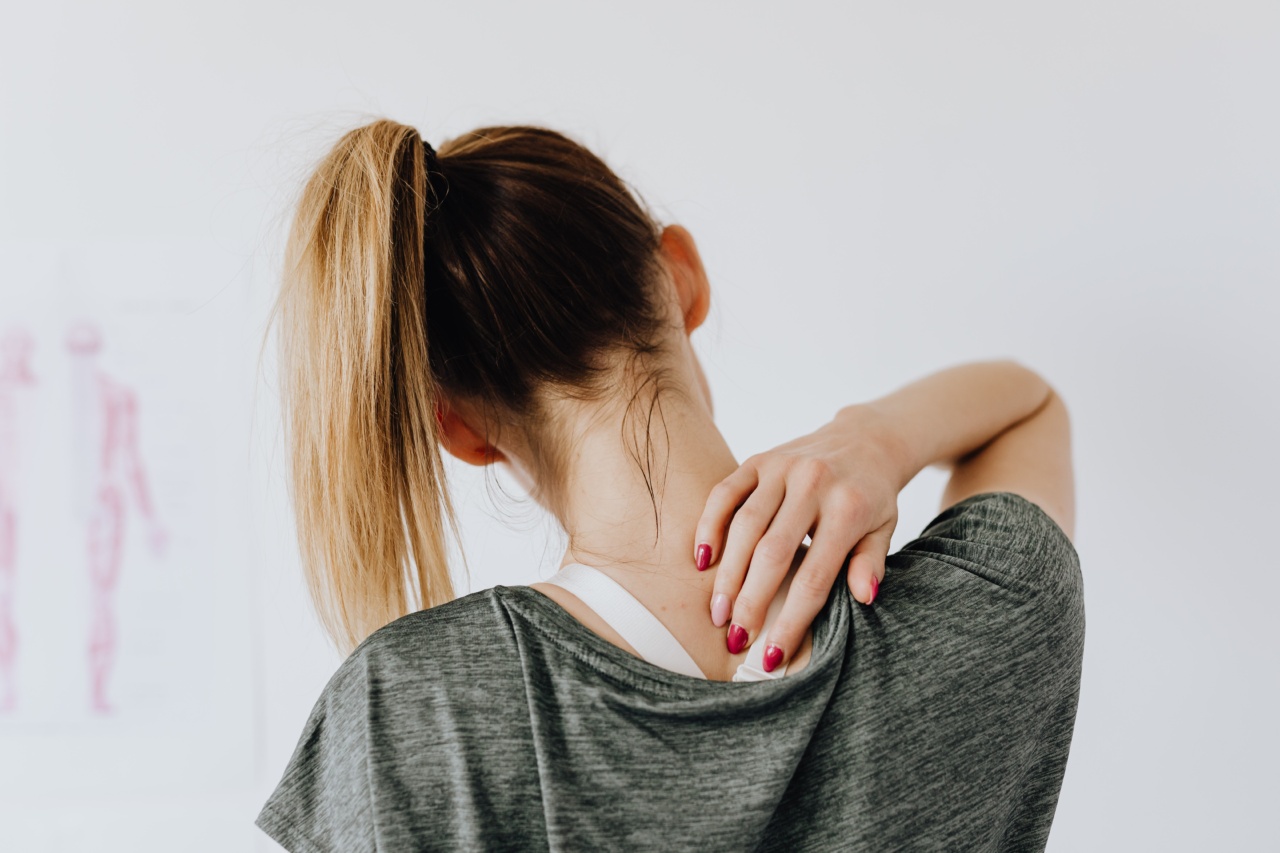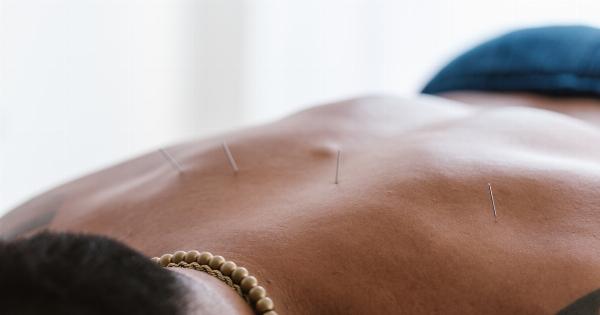Dealing with pain in the middle of your back can be incredibly discomforting.
Whether it’s due to poor posture, muscle strain, or underlying conditions such as herniated discs, finding ways to relieve this pain can greatly improve your quality of life. In this article, we will explore 15 effective methods you can employ to ease pain in the middle of your back.
1. Improve Your Posture
Poor posture can contribute to back pain, especially in the middle region. Maintaining a good posture while standing, sitting, and walking can significantly reduce strain on your back muscles.
Remember to keep your shoulders back, your spine aligned, and your head in a neutral position.
2. Stretch and Strengthen Your Core
The muscles in your core play a crucial role in supporting your spine. By regularly stretching and strengthening these muscles, you can alleviate stress on your back.
Incorporate exercises like planks, bridges, and pelvic tilts into your workout routine to target your core muscles effectively.
3. Maintain a Healthy Weight
Excess weight can contribute to back pain as it puts additional strain on your spine. By maintaining a healthy weight through a balanced diet and regular exercise, you can relieve pressure on your back, reducing pain and improving overall back health.
4. Practice Good Lifting Techniques
When you need to lift heavy objects, it’s important to use proper lifting techniques. Bend your knees, keep your back straight, and lift with your legs rather than your back. This will help prevent unnecessary strain on your back muscles.
5. Apply Heat or Cold Therapy
Heat or cold therapy can provide temporary relief from back pain. Apply a heating pad or a warm towel to the affected area for about 20 minutes to help relax the muscles.
Alternatively, you can use an ice pack wrapped in a towel for 15-20 minutes to reduce inflammation and numb the area.
6. Use Over-the-Counter Pain Relievers
If your back pain is mild to moderate, over-the-counter pain relievers such as ibuprofen or acetaminophen can help alleviate the discomfort.
However, it’s important to follow the recommended dosage and consult a healthcare professional if the pain persists.
7. Improve your Desk Setup
Many people experience back pain due to prolonged sitting and a poorly designed desk setup. Ensure that your desk and chair are ergonomically friendly.
Adjust your chair height, desk height, and monitor position to provide proper support to your spine and reduce strain on your back muscles.
8. Engage in Regular Exercise
Regular exercise is essential for maintaining overall back health. Engage in low-impact activities like swimming, walking, or cycling to strengthen your back muscles and improve flexibility.
Remember to start slowly and gradually increase the intensity of your workouts.
9. Practice Yoga
Yoga is known for its benefits in improving flexibility, balance, and promoting relaxation.
Certain yoga poses, such as cat-cow, child’s pose, and cobra pose, can specifically target the middle of your back, providing relief from pain and discomfort.
10. Invest in a Supportive Mattress and Pillow
A supportive mattress and pillow can make a significant difference in alleviating back pain. Consider opting for a medium-firm mattress that provides proper spinal alignment and a pillow that supports the natural curvature of your neck and upper back.
11. Use Proper Body Mechanics
Improper body mechanics can contribute to back pain. When performing daily tasks, such as bending, reaching, or sitting, be mindful of your body posture. Avoid twisting your spine and distribute weight evenly on both sides of your body.
12. Try Massage or Physical Therapy
Massage therapy and physical therapy can help relieve pain in the middle of your back.
A massage can help relax tight muscles and improve blood circulation, while physical therapy can provide targeted exercises and techniques to alleviate pain and improve muscle strength.
13. Use a Back Support Brace
A supportive back brace can help alleviate pain and improve posture by providing additional support to your back muscles. Consult a healthcare professional to determine if a back brace is suitable for your specific condition and needs.
14. Practice Mindfulness and Stress Reduction Techniques
Stress and anxiety can contribute to muscle tension, including the muscles in your back. Engaging in mindfulness techniques such as deep breathing, meditation, and progressive muscle relaxation can help reduce stress levels and alleviate back pain.
15. Consult a healthcare professional
If your back pain persists or worsens despite trying various self-care techniques, it’s important to consult a healthcare professional.
They can evaluate your condition, provide a proper diagnosis, and recommend appropriate treatment options tailored to your specific needs.
By incorporating these 15 ways to ease pain in the middle of your back into your lifestyle, you can find relief, improve your back health, and enhance your overall well-being.




















